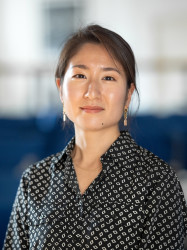BibTex format
@article{Cox:2022:10.1371/journal.pntd.0010592,
author = {Cox, V and O'Driscoll, M and Imai, N and Prayitno, A and Hadinegoro, SR and Taurel, A-F and Coudeville, L and Dorigatti, I},
doi = {10.1371/journal.pntd.0010592},
journal = {PLoS Neglected Tropical Diseases},
pages = {e0010592--e0010592},
title = {Estimating dengue transmission intensity from serological data: a comparative analysis using mixture and catalytic models.},
url = {http://dx.doi.org/10.1371/journal.pntd.0010592},
volume = {16},
year = {2022}
}

